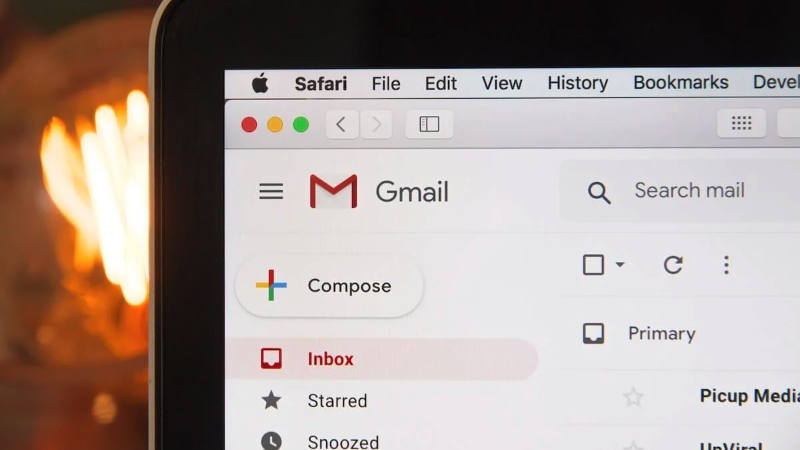
Ensure Your Emails Arrive In The Recipients Inbox
When email first appeared, it was hailed as one of the best communication methods ever invented. And it was. You had someone's address, you sent them an email, they read it, replied, job done.
Once you clicked send, you knew the recipient would have your message within seconds. Once the recipient replied, they knew you'd have it within minutes. It was fast, easy to use and free. Perfect!
Roll forward to today, and frankly, email is a nightmare. 49% of emails sent are considered SPAM. Thankfully, you don't get most of it, though, because loads of filters around the internet remove it. This is great; it keeps your inbox mostly clear. The downside, though, is that these filters often catch real emails.
How many times have you sent or received a genuine email only to discover it ended up in SPAM? The phrase "check your SPAM box" is now common in modern language. We all now know to regularly check the SPAM folder for real emails.
The problem is that only a tiny number of emails classed as SPAM make it to your SPAM folder. The vast majority get "blackholed", meaning they just get deleted somewhere en route from the sender to the recipient, with no notification sent to either.
Why does email get blackholed?
There are many reasons. If you are sending mail from your private email domain, like you@yourdomainname.com, it could be that SPF, DMARC and DKIM records are not correctly set up. These are little verifiers added to the domain to tell email exchanges worldwide that the email address is real.
Or it could be that your private domain, or even just someone on your domain server, has made it onto a blacklist somewhere. Or it could be any other number of reasons.
Suffice it to say that for small businesses that don't have access to enterprise-level email solutions, it's likely that not every email they send makes it to the recipient.
What's the solution?
The easiest and cheapest solution, and the one that I've used for many years now, is to set up and use a dedicated Gmail email address for your business.
In my instance, my "official" work email address is info@caffeineinjection.com, but all my emails are sent from caffeineinjectionni@gmail.com. I've even set things up so that emails sent to info@ are picked up and appear in my Gmail account. Then, when I reply, they are sent from the Gmail address.
If you want to learn how to connect your own email address to Gmail, read this FAQ.
This works because Gmail has a very high reputation for email quality and processes in place to ensure that emails sent from the service are not SPAM. So, the various filters around the internet assume anything coming from a Gmail account is OK and send it on its merry way to the recipient.
Gmail isn't the only simple solution for small businesses, but it is one of the few free ones. The next best option is to use an Office 365 account for email. The benefit here is that you get to use your own email address (you@yourdomainname.com). The downside is that it costs, typically about a fiver a month.
Of course, there are other solutions out there, but these are the best two options I've found.
No matter what you do about email, don't just do nothing and hope everything will be OK. The chances are, it won't. Ensuring your emails reach their recipients is vital to retaining your reputation, retaining existing clients and gaining new business.